- You have no items in your shopping cart
- Continue Shopping
Product Specification
| Battery Charging | Full charge 24 hours,80% charge after 8 hours |
| Outputs | RS-232C |
| Battery Back Up | 45-60 minutes |
| Power | 115 VA |
| Frequency | 50-60 Hz |
| Air and O2 Input Pressures | 3-5 bar |
| Fresh Gas Flow | 8 litres/min |
| Dimensions Size, ventilator only | 330mm W x 330mm H x 470mm D |
| HFO+CMV BPM | 1 to 150 |
| Humidity | 0-90% (non-condensing) |
| Operating Environment Temp. | 10-40 Degree C |
| Maximum Gas Flow | 60 litres/min |
| Voltage | 100-250 V |
| Peak Pressure | 0 to 175 mbar (resolution 1 mbar) |
| Inspiratory Time | 0.1 to 3.0 sec,0 to 65 mbar |
| CPAP Pressure | 0 to 20 mbar |
| I/E Ratio | 11.2:1 to 1:600 |
| BPM | 1 to 150 |
| FiO2 | 21% to100% |
| Inspiratory Pressure | 0 to 65 mbar |
| PEEP Pressure | 0 to 20 mbar |
| Pressure Real-Time Pressure Measurement | Resolution 1 mbar |
| Sampling Time | 2 ms |
| Oxygen Concentration Range | 21 to 100% (Resolution 1%) |
| CMV/SIMV FiO2 | 21% to 100% |
| CMV/SIMV Volume Targeting | 2 to 200 ml |
| Volume Targeting | 2 to 200 ml |
Modes Include:
- CPAP, CMV+ TTV, PTV, PSV, SIMV+ TTV + PSV, HFO, HFO+CMV
- Ability to preset parameters in all modes of operation
- Powerful HFO with active expiration to cover a wide range of patients
- Full colour, total touch-screen operation
- Integral flow monitoring measuring lung mechanics and displaying of loops and waveforms
- Trending of measured parameters
- Standard patient circuit for all modes including HFO (except with NO therapy)
- Unique, patented valveless technology
- Integral battery with up to 60 minutes operating capability
- Software based, allowing for upgrading to versions with new or improved functions
Targeted Tidal Volume (TTV):
- There is increasing clinical evidence to suggest that it is volutrauma that causes lung injury, which is worsened by barotrauma. It is also evident that efficient gaseous exchange is dependant on the delivery of appropriate tidal volumes.
- Targeted Tidal Volume enables the user to select a target volume that they wish to achieve, allowing the ventilator to adjust PIP and Ti to achieve and maintain the selected tidal volume.
Main benefits of TTV:
- Reduction in volutrauma
- A stable tidal volume accommodating changes in resistance and compliance
- A more stable PaCO2 ,at the lowest possible pressure resulting in reduced episodes of hypocapnia and hypercapnia
- Reduction in barotrauma
- Ability to self wean
Pressure Support Ventilation (PSV):
- In this mode of ventilation the infant has the ability to trigger and terminate every breath. The main aim of PSV is to reduce the ‘work of breathing’ (WOB) in the spontaneously breathing infant.
Main benefits of PSV:
- Reduced WOB
- Improved infant/ventilator synchrony
- Reduced need for sedation
- Retraining of respiratory musculature
- Reduced time to wean
- PSV is designed and used in the weaning process and can be used with or without Synchronous Intermittent Mandatory Ventilation (SIMV).
High Frequency Oscillation (HFO):
- In the SLE5000, HFO is powerful enough to cater for a wide range of patients, dependant on lung mechanics. The SLE5000 provides sinusoidal ventilation with active expiration.
Main benefits of HFO:
- Improves ventilation at lower pressures
- Higher levels of PEEP can be used without having to use high peak airway pressures to maintain appropriate levels of CO2
- Produces more uniform lung recruitment
- Reduces airleaks
- Improved oxygenation in infants with severe RDS


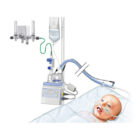
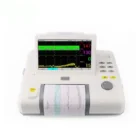
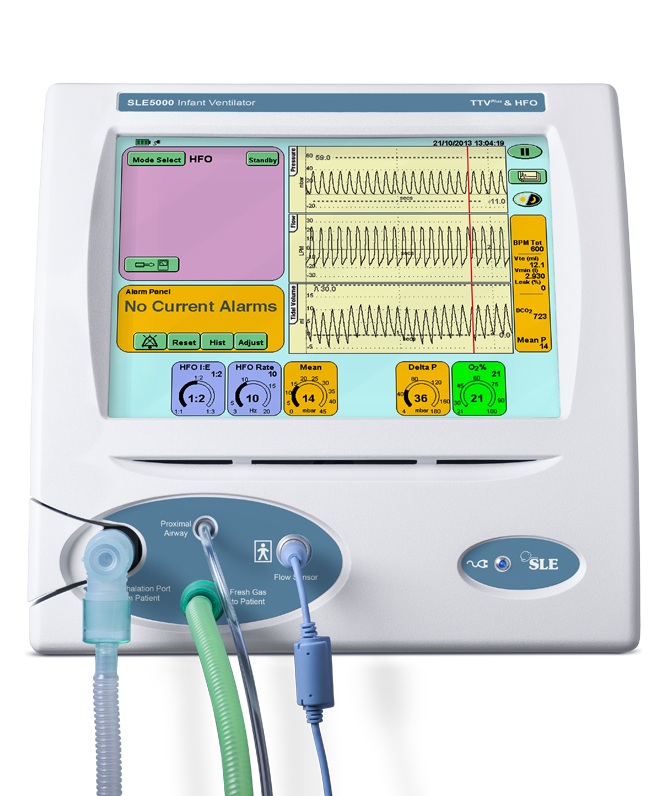
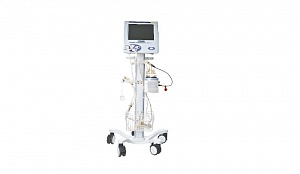
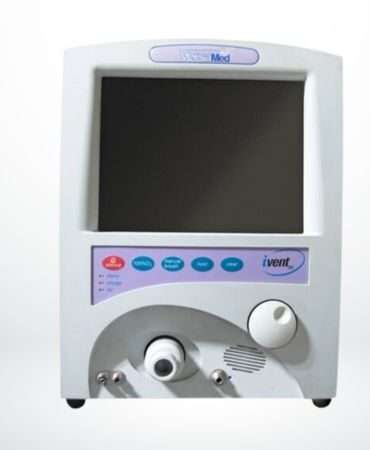
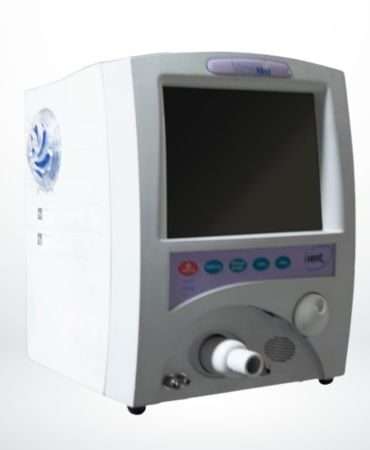
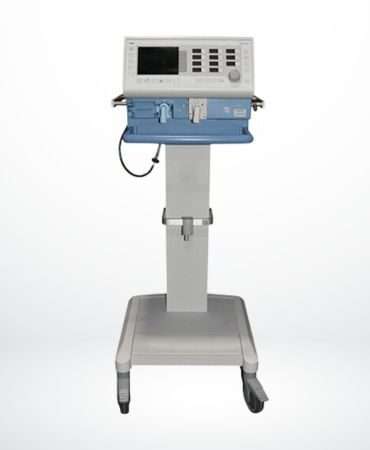
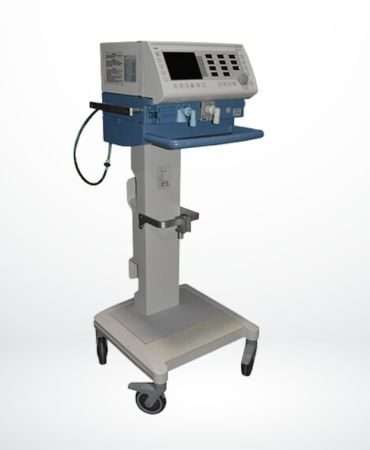
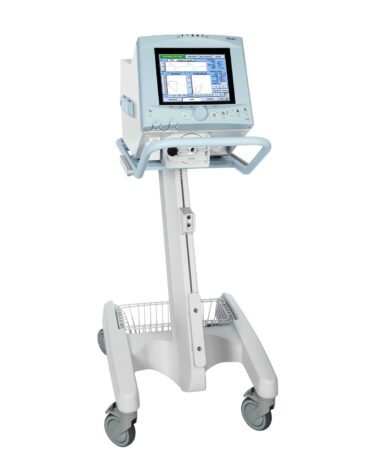
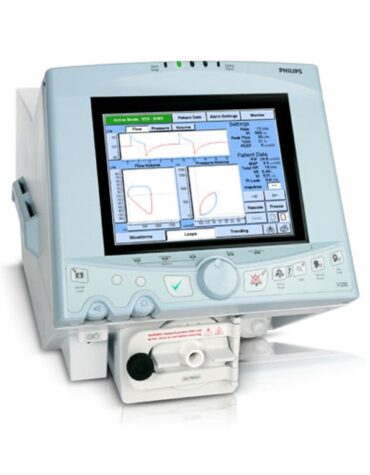
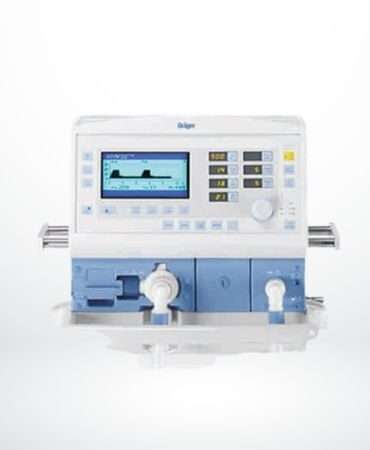
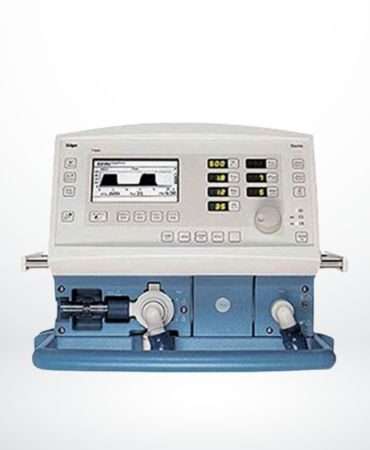
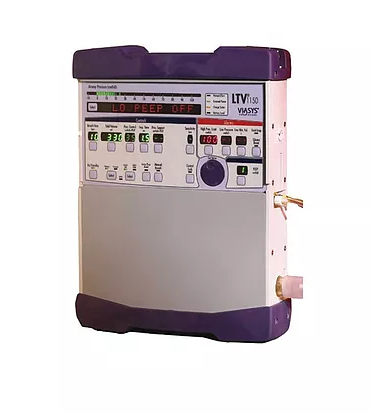
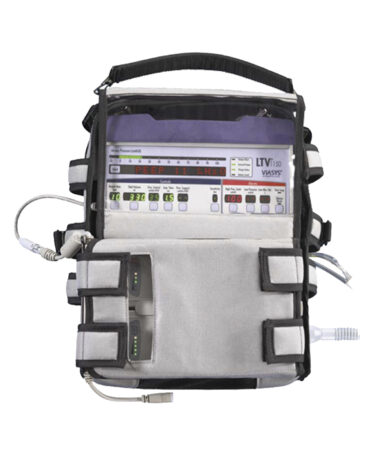
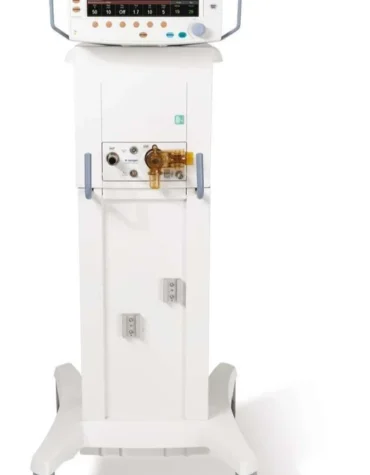

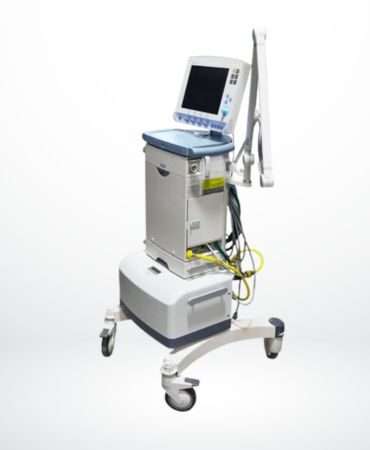
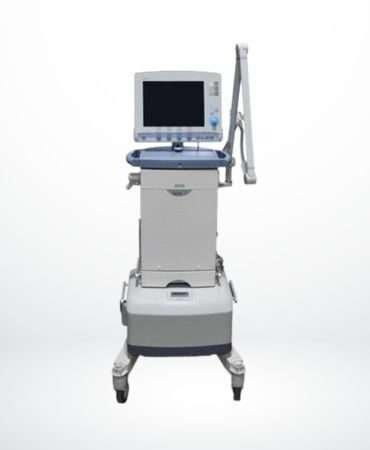
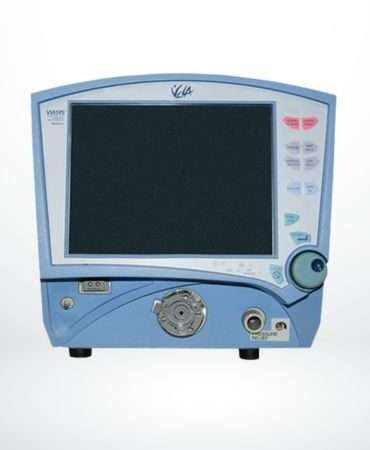
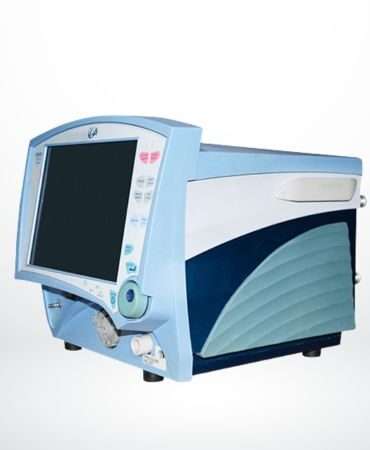
Customer reviews
Reviews
There are no reviews yet.
Write a customer review